Creating a pet-friendly home isn't just about comfy beds and toys; it's also about getting the lighting right. Pets see the world differently than we do, with eyes that are extra sensitive to light and dark. With new types of lights like LEDs becoming common in our homes, it's important to make sure these lights are comfortable for our pets too. Here, you'll find the best indoor lighting for your pet's happiness and health.
What Are the Best LED Colors for Dogs and Cats?
Lighting can profoundly affect your pet's mood and behavior. Choosing the appropriate LED color temperatures and hues will enhance their environment, catering to their unique visual capabilities.
For Dogs:
- Warm Whites (3000K to 4000K): This range mimics the softness of early morning or late afternoon light, providing a sense of calm for dogs. These types of tones reduce shadows, which can intimidate or confuse your dog, further making this area non-threatening to investigate and lie in.
- Avoid Cool Whites (Above 5000K): Higher Kelvin ratings correspond with what is often called "daylight" colors, which can be too intense and mirror the midday sun. They can disrupt a dog's natural sleep pattern and be particularly distressing for dogs with anxiety issues.
For Cats:
- Soft Yellows and Reds (2500K - 3000K): These color temperatures create warmth and coziness, much like those produced by the morning or late evening sun. LEDs in this range create a serene environment that works in harmony with cats' crepuscular nature—active during twilight hours.
- Dim Blues for Playtime (~4000K): Slightly cooler temperatures at about 4000K for blue light would be reasonable to stimulate your cat at playful hours without making the light too bright to disturb them. Such colors remind one of the soft hues of the sky in twilight and invite boisterous play without interfering with their circadian rhythm.
General Guidance:
- Try to avoid very high Kelvin values, since light sources above 6000K will hardly be appropriate for pets. These are usually designed for bright daylight imitation and thus will affect the natural circadian rhythm of your pet and may even cause irritation or stress from time to time.
- Ultra-bright and flashing lights should not be used. Flashing light or over-brightness irritates the pets, just like humans. Their emotional balance needs consistent and stable light.
- Just as humans benefit from routine, so do pets. Keeping a consistent lighting color in your pet's favorite areas avoids confusion and helps establish a comforting routine. This is particularly important for older pets or those with vision impairments.
Also, when choosing the options of LEDs, consider their quality. Choose flicker-free LEDs with a high Color Rendering Index. The CRI is about the ability of a light source to disclose the true color of an object as compared to the light from a natural source. A high CRI source will be non-irritating and more natural for your animals, reducing fatigue in the eyes and other potential stress arising from distorted colors.
Best Indoor Lighting for Pets
Creating a harmonious and safe environment for pets involves selecting lighting that is both aesthetically pleasing and functional. Pets, much like people, thrive in environments that are well-lit, but not overly bright or harsh. Here's a series of lighting fixtures from LightsStory that are suitable for your pets:
Shop Our Premium Lighting Collection
Explore our hand-selected bestsellers featuring crystal chandliers, pendant lights, wall scones and authentic alabaster stone:
Warm Light LED Wall Sconce Lamp Brass Metal with White Marble Stone
This wall sconce gives off a soft and warm light that can make your pet feel calm, especially at night. It's fixed to the wall and shines light that's not too bright or harsh, perfect for helping your pet unwind. The mix of brass and marble isn't just nice to look at; it's also tough and can handle the everyday hustle and bustle of life with pets.
Cylindrical Design Alabaster Warm Light Pendant Lamp
A pendant lamp like this one hangs from the ceiling and is great for rooms where your pet likes to hang out. The alabaster stone softens the light, so it's gentle on their eyes, and the simple tube-like shape is stylish but won't overpower the room. It gives off a warm light that's cozy, making it a good choice for keeping your pet comfortable and relaxed.
Round Bowl Shape LED Alabaster Stone Semi-Flush Ceiling Light
Imagine a light that spreads evenly across the room – that's what this ceiling light does. It sits close to the ceiling and lights up a large area without creating bright spots or scary shadows. This is important for pets because it helps them see well without getting startled or feeling uneasy. The alabaster stone also helps by making the light even softer.
Warm Light 25-Light Plus Pendant Lighting in White Spanish Marble
For a big room, this pendant lighting with lots of bulbs provides plenty of light without being too glaring or direct. Multiple bulbs mean the light touches more areas of the room softly, which is much better for your pets. It's like having a bit of the sun indoors, which pets naturally like. Plus, the white Spanish marble gives your home an elegant touch.
When selecting lights for your home with your pets in mind, choose those that glow like early morning or late evening light—not too yellow or too blue. And even better if you can adjust the brightness, whereby by doing this, you will be able to change it according to when your pet is more or less active, according to different parts of the day. Mount all lights securely, and keep wires out of the way so that your curious dog will not get injured. Finally, choose lighting fixtures that are easy to clean to be able to have the niceness and tidiness of the home easily maintained. Appropriately chosen lights can turn your home into a haven for your dogs.
Are LEDs Bad for Your Dog's Eyes?
No. LED lighting is normally smooth and soft, without the annoying flickering that may disturb sensitive eyes, including those of our canine friends. Not all LEDs are harmless for your pet's eyes, though. If you find your pet being strange, distant, jumpy, or not sleeping well; it could be due to the wrong choice of lighting in your house that isn't pet-friendly. If that is the case, then it may be time for another type of LED or an adjustment in your current lighting. The best type of light for dogs is that which they would get through the sun. When natural light isn't available, modern LED lights can be the next best thing. They can be as warm as the sun, but not very strong since they have a soft glow. They will be at ease with your home and your dog's eyes.
Should Dogs Sleep with Lights On or Off?
Dogs usually don't need the lights on to sleep. In fact, they're quite adept at seeing in the dark, much better than humans. When nighttime rolls around, it's natural and healthy for your dog to rest in a darkened environment, as it can lead to more restful and natural sleep patterns.
Yet, every dog has its own unique personality and comfort level. Some may have experienced anxiety or fear that makes a little nightlight comforting, especially if they're in a new environment or are adjusting to changes in their home life. In such cases, a dim light can make a big difference without disrupting their natural sleep cycle. Think about soft, warm lighting—similar to the glow of dawn or dusk—which can be especially reassuring.
It's also time to consider your own needs at night. You may be getting up in the night and want some light to safely make your way around without stepping on tails and toys. Here's where dimmable LEDs really shine: You can adjust them to that comfortable brightness for you to see your way by, but not so much it will wake a sleeping pooch. And let's not forget our feline friends, either—if you have cats, remember they're also nocturnal by nature and have great night vision. A night full of bright lights could be more disruptive to cats than it would be to dogs.
Usually, it's better to turn lights off at bedtime for dogs, but the occasional nightlight isn't a problem, especially if it's a soft, warm light.
What Color LED Lights Help Dogs Sleep?
LED lights in the red or orange spectrum are best for helping dogs sleep. Below 2000K will be red, and approximately 2000K-3000K is considered orange.
These warm colors let in a soothing glow, much like the sunset, which can help your dog relax into sleep. The brightness should be sufficiently dim so as not to interfere with their sleeping pattern. Ideally, use less than what's produced by a soft night light, which is in the range of 20-40 lumens. Because of this, it is recommended to avoid using blue and white LEDs at night because they have higher color temperatures at about 5000K to 6500K. These light up like daylight and may interfere with the sleep of your pet. The best for the dog at night would be to have less or no artificial light so as not to interfere with its natural sleep patterns.
What LED Lights Do Cats Like Best?
Cats generally require no or minimal night lighting, but if it is strictly necessary, then LEDs in amber or soft warm tones with color temperatures of about 2000K to 3000K are less intrusive. You could switch to cooler, brighter lighting at about 5,000K to 6,500K in daytime or playtime activities since these energize and excite them. Ambient lighting should be devoid of strong contrasts, have a balanced color temperature that does not cause stress, and be for general well-being. To support old or low-sighted cats at night, a soft warm-colored LED below 3000K and dimmed at approximately 20 lumens is enough guidance without overloading their senses.
Make Your Home Pet-Happy with Simple Lighting Tips
The lights we pick can really affect how happy our pets are at home. They need a comfy space where the lighting is just right—not too bright for daytime and not too dark for night. That's why it's great to know that pets mostly have their own night vision, and we don't have to leave lights on for them. But when we do need some light, dimmable LEDs with a warm touch can help. Need a hand figuring it out? LightsStory has your back with easy advice on how to make your home a pet-friendly place, full of light that's just right.

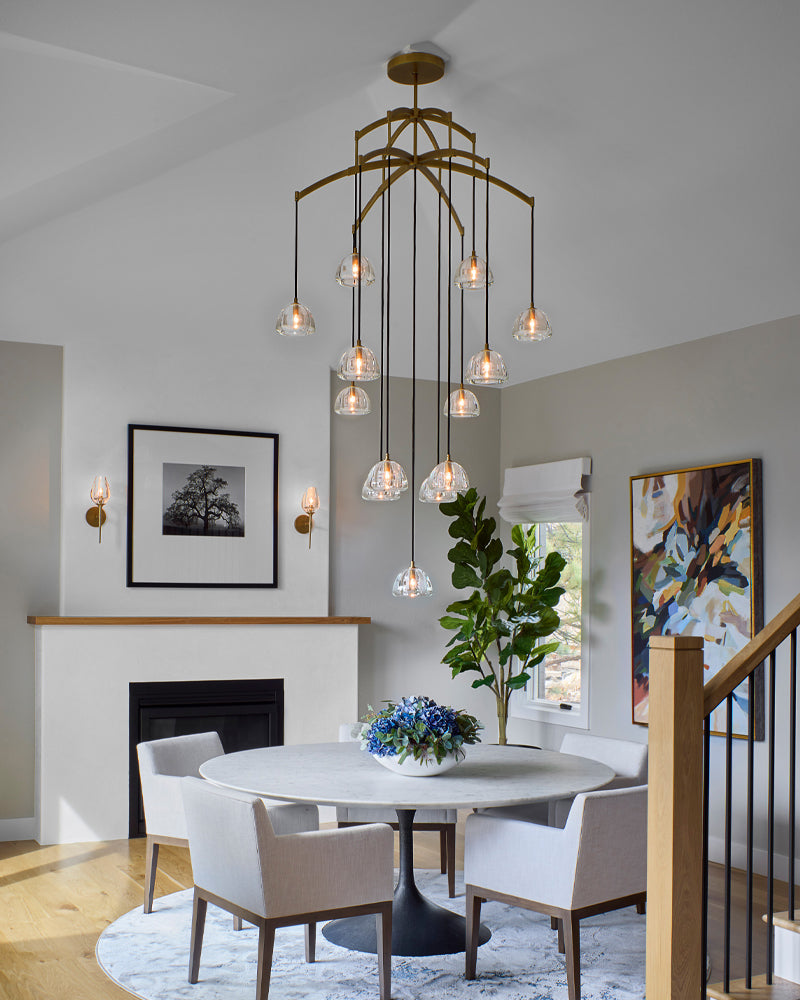
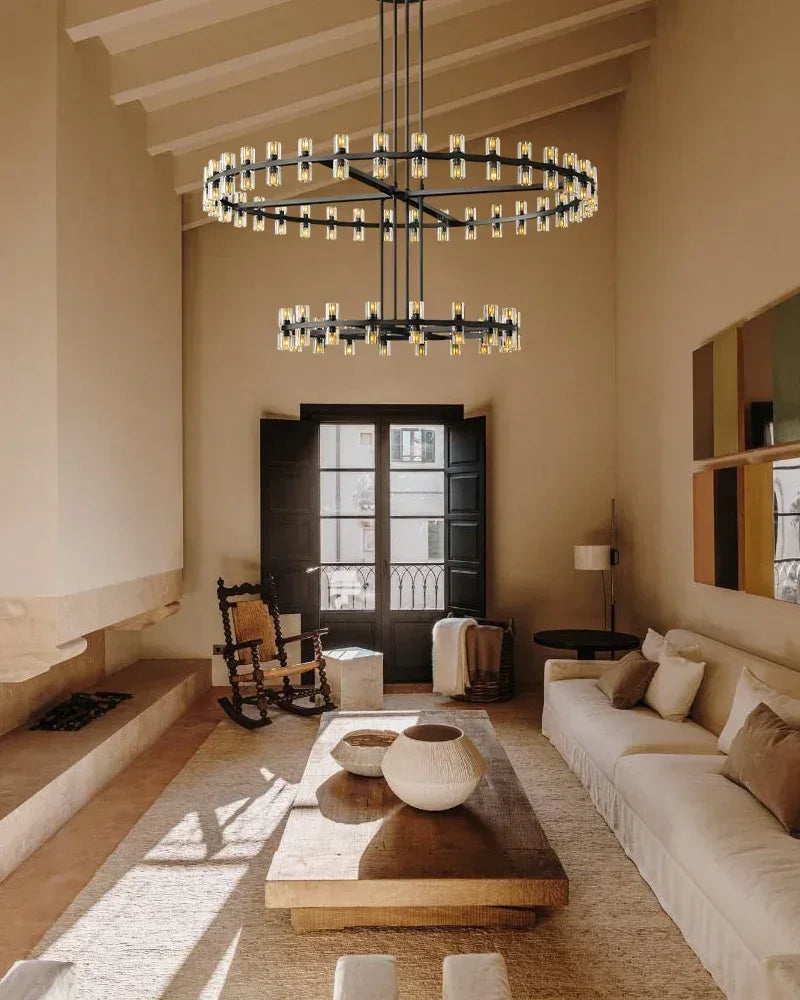
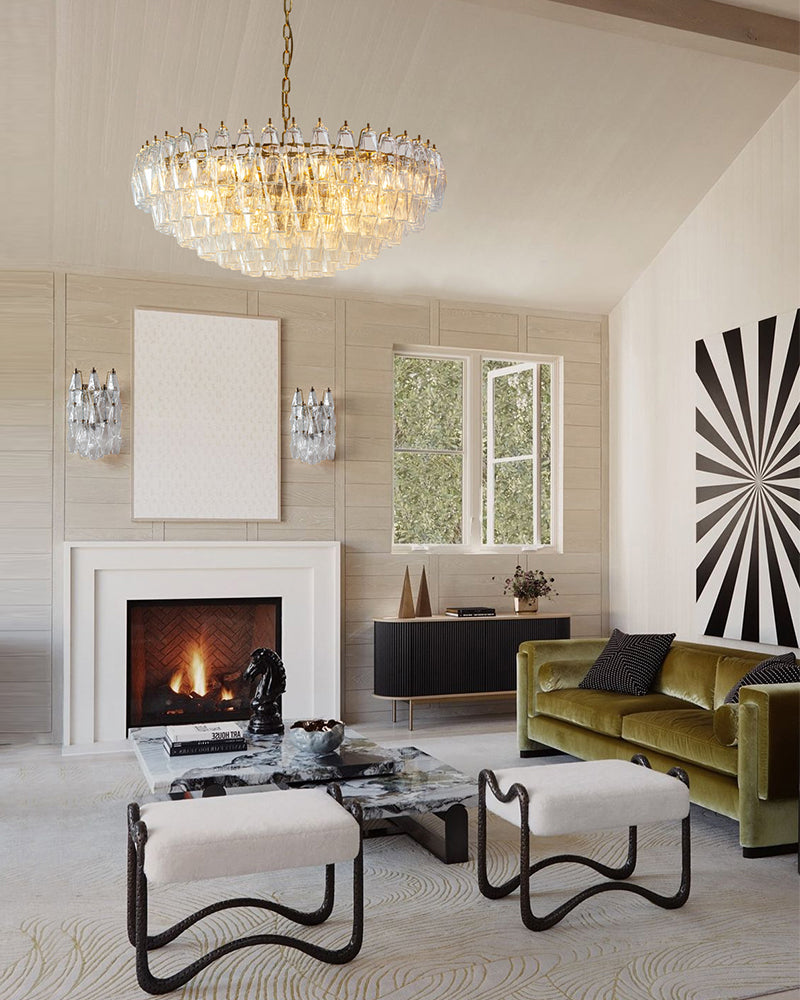
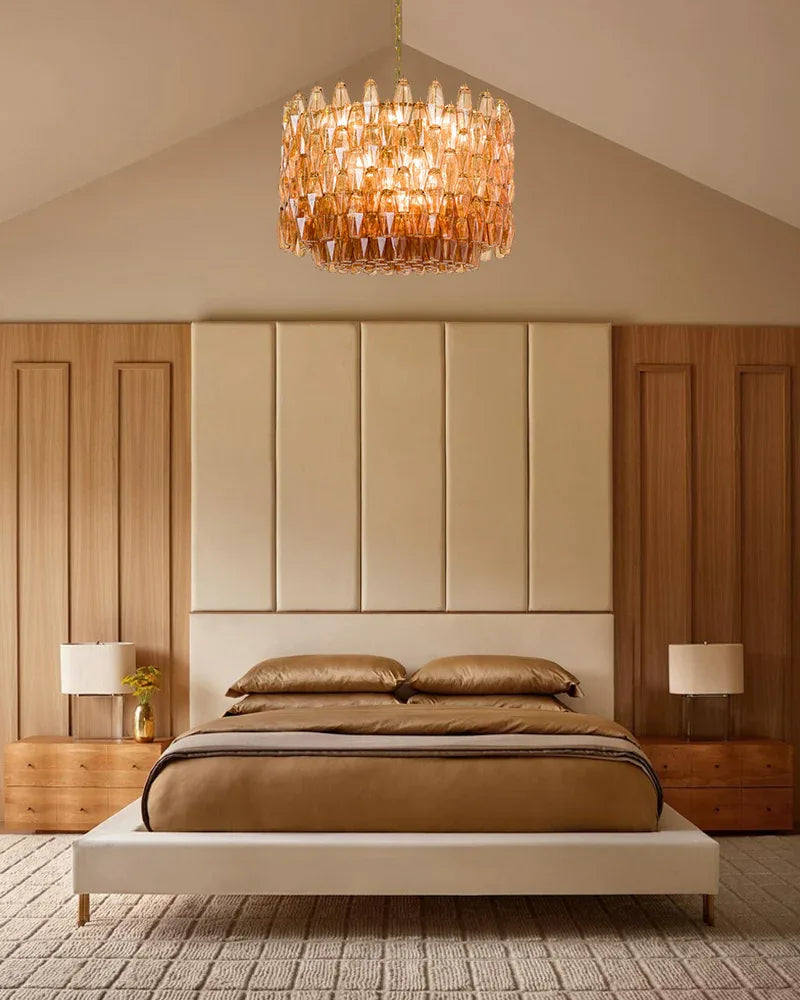
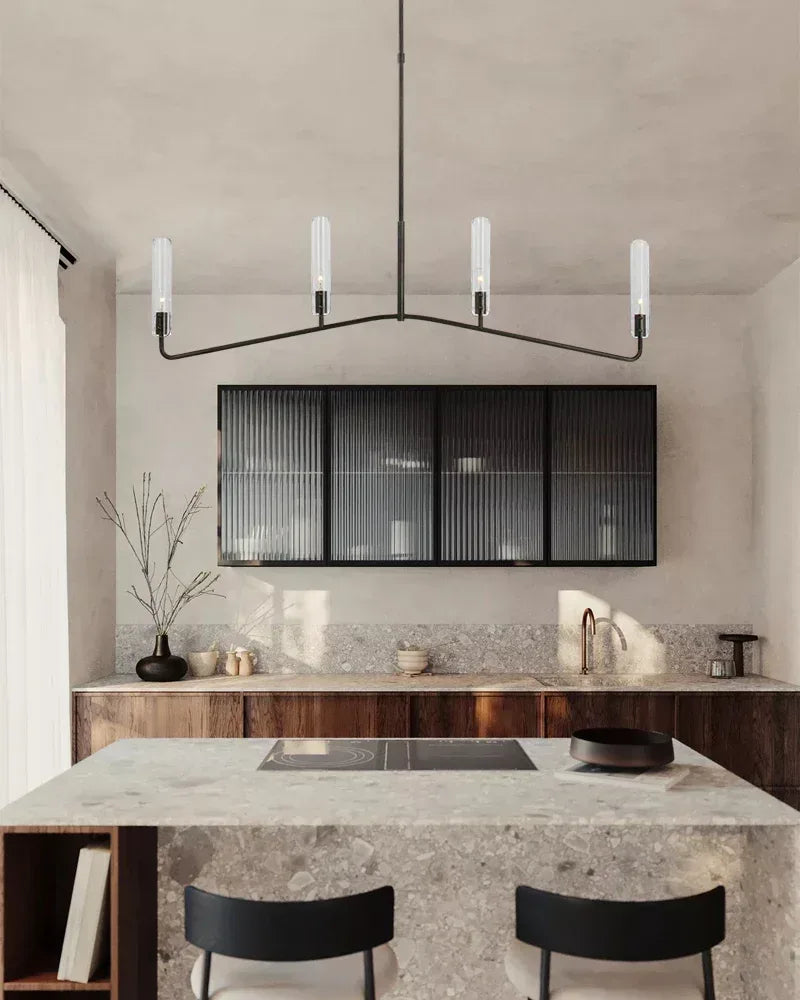
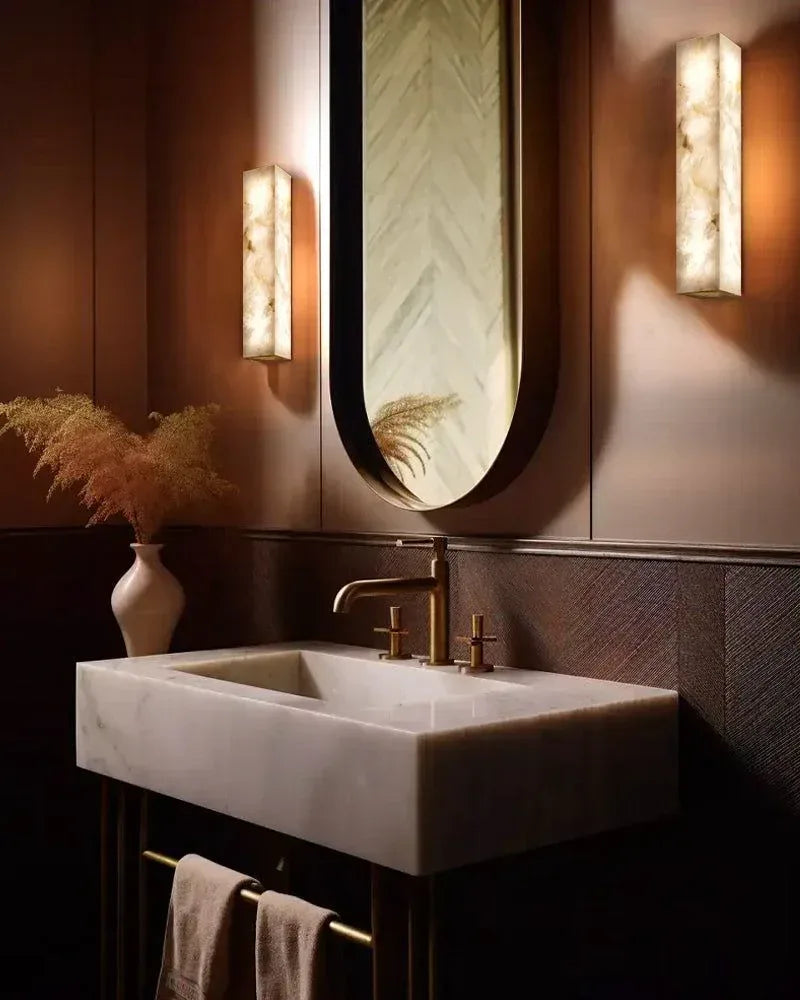

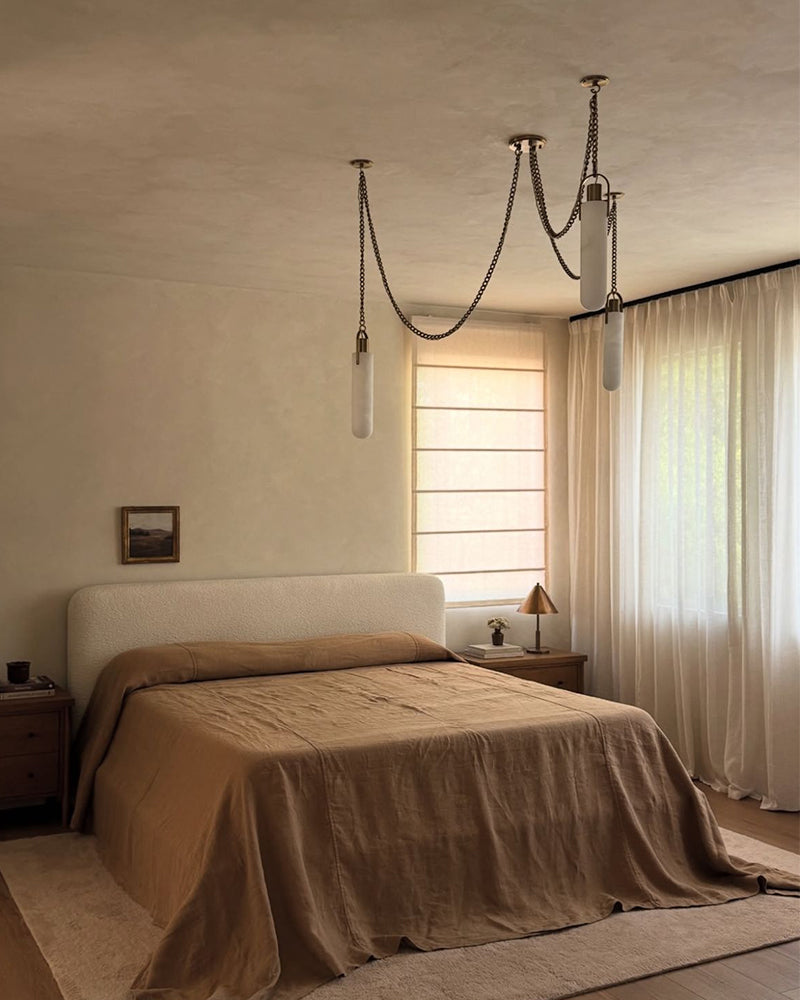
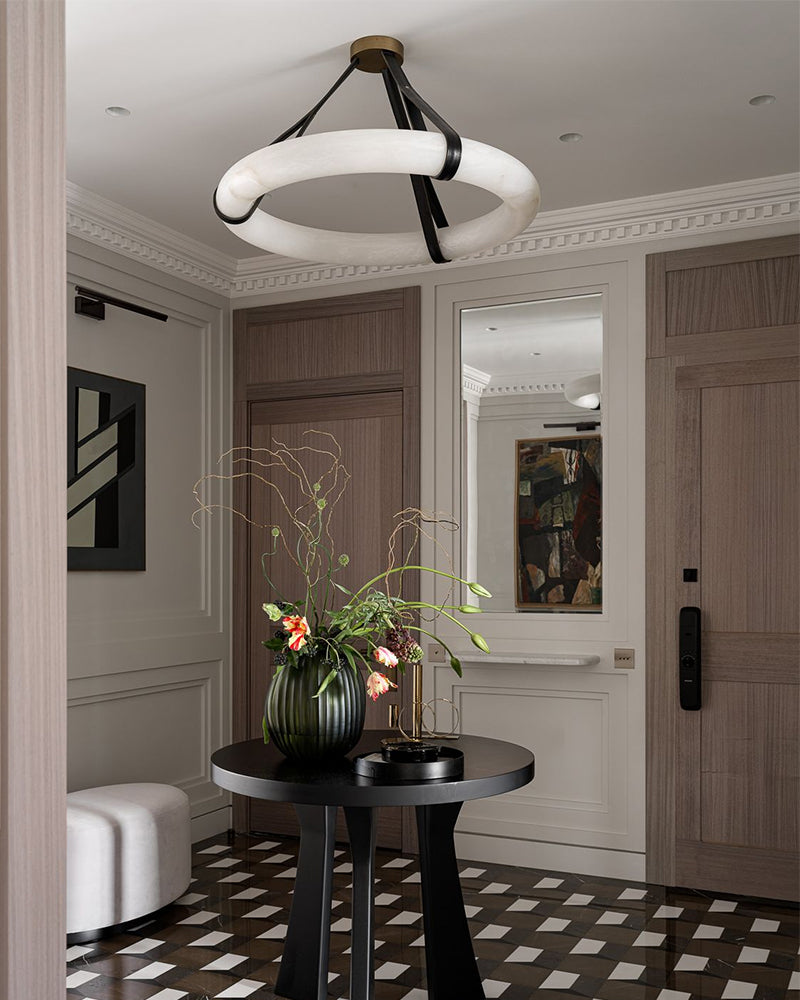
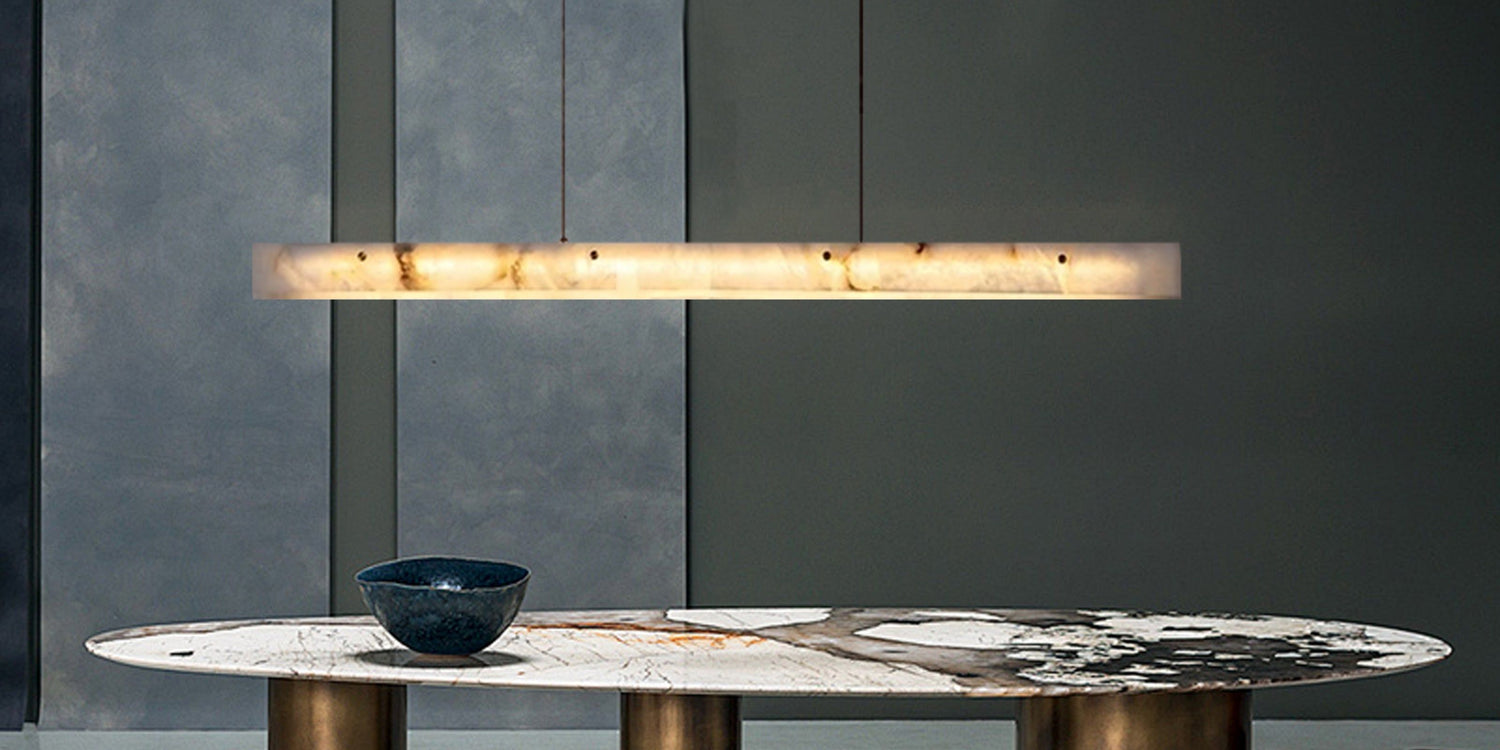

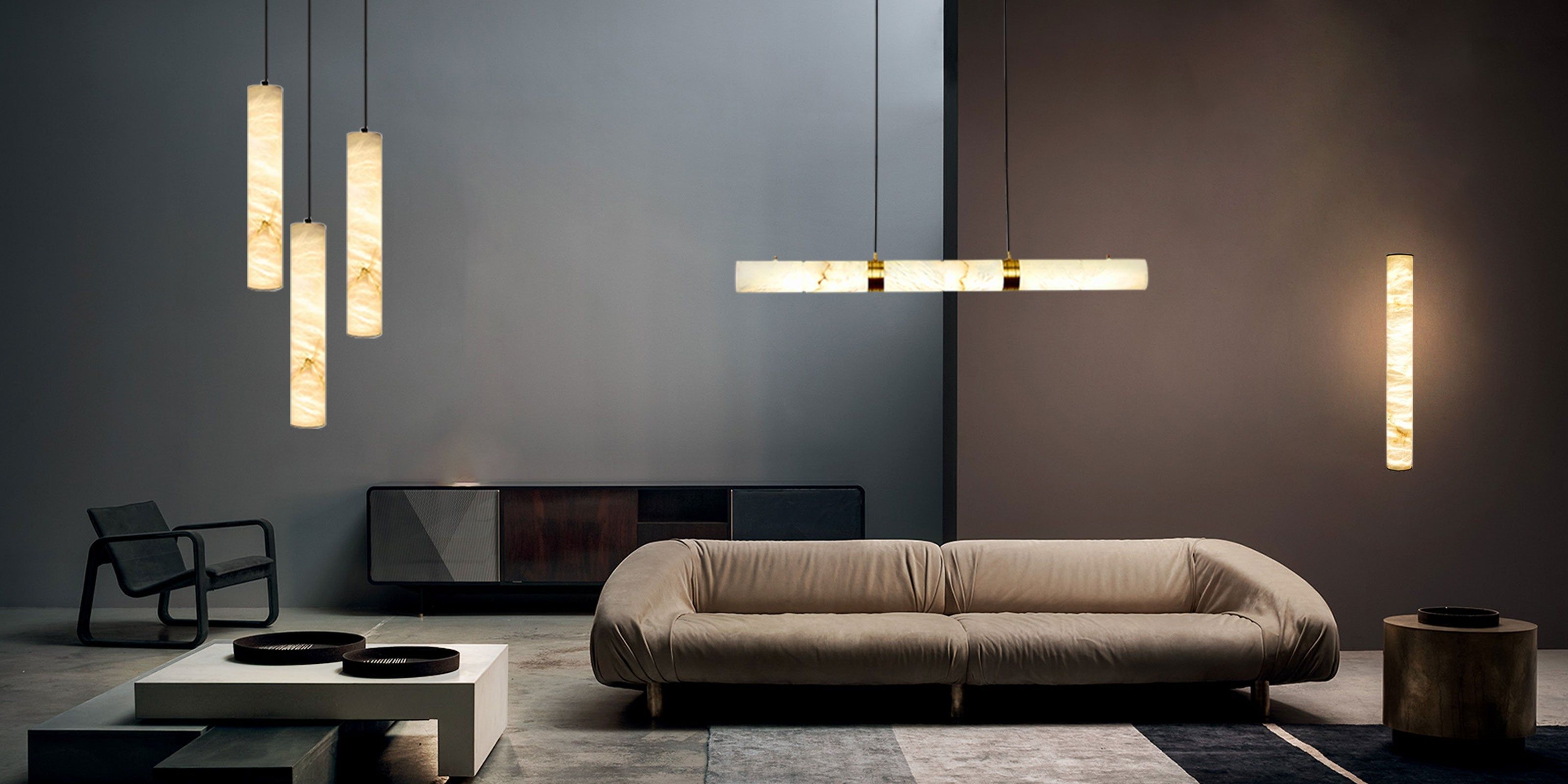
Leave a comment
This site is protected by hCaptcha and the hCaptcha Privacy Policy and Terms of Service apply.